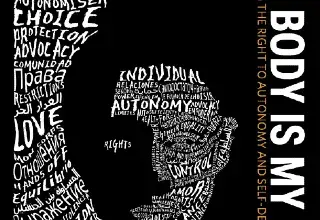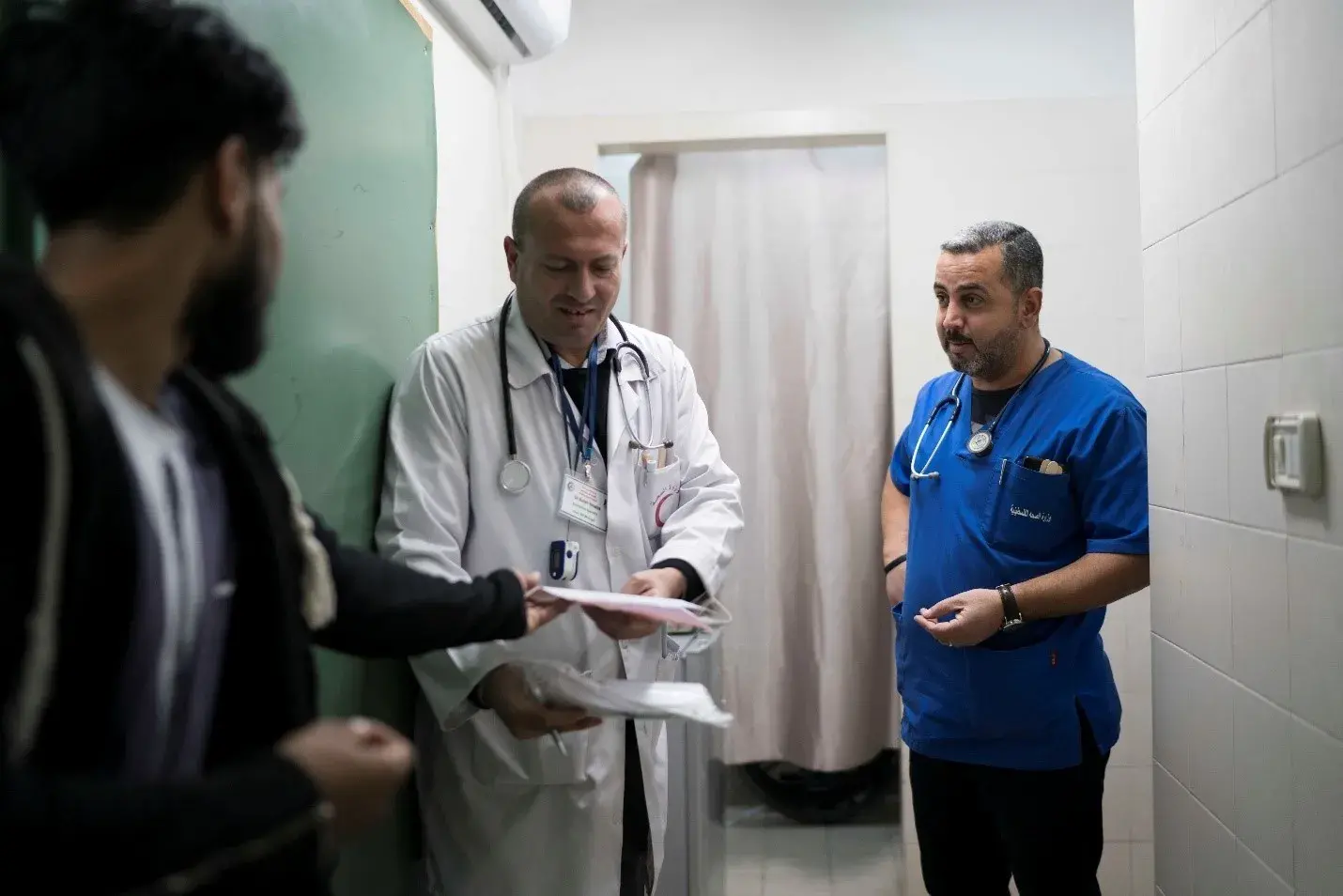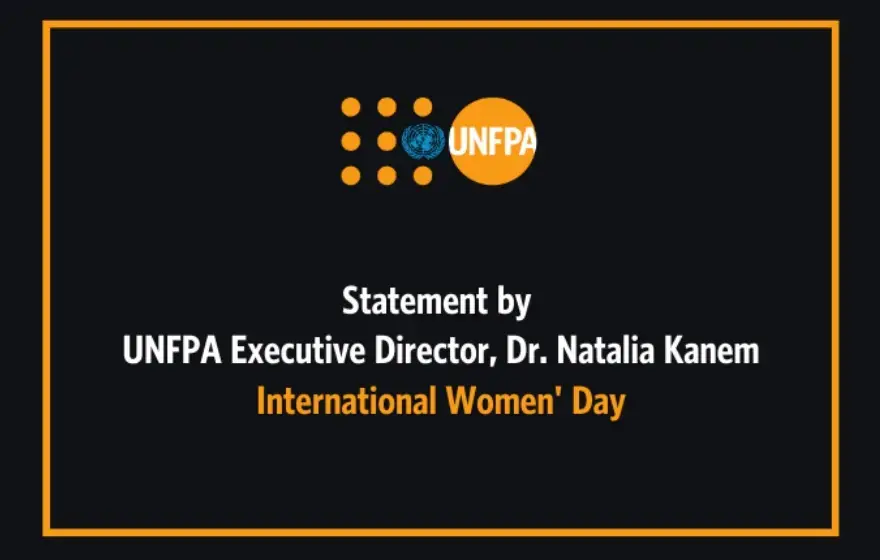Op-ed
#africagirls@10
Ten-year-old Temawelase is a sixth-grader in a rural community in the Hhohho region of Swaziland. Almost 4000 miles away, her age-mate Daline has just finished primary school in Yaoundé, the political capital of Cameroon. Both girls dream of a bright future and work hard at school to realize this. When not at school, they help out at home and play with their siblings and friends.
Temawelase and Daline have much to look forward to.
Let’s take a moment to picture these young girls on the path to adulthood. Let us start our journey with them at age 10. They are hopeful about the future. They are confident of finishing school, graduating with their friends and finding a decent job. They will have the freedom to choose when to marry and to whom, and how many children to have. Simply put, they are assured of a happy, fulfilling life, in which they are able to make their own decisions about their bodies.
If the same could be said for every 10-year-old girl in their countries and in Africa at large, the future of the continent would look bright. This is not yet the case—but with the right actions to put young people first and invest in them, especially girls, it can be.
Without the necessary interventions, the painful reality is that these girls may never realise these aspirations.There is a strong chance that instead, they will be treated like a disposable commodity. They, together with millions of adolescent girls in Africa, are at risk of being married off young, and subjected to a life of poverty and abuse. They may be forced to drop out of school, be submitted to Female Genital Mutilation, get pregnant too early, have limited access to skilled health care at the time of birth, and run the risk of paying with their lives—all choices taken for them by someone else.
At 10, a girl’s future hangs in the balance, far more so than for a boy.
The tide of 10-year-old girls
UNFPA’s State of World Population 2016 report, released today, shows how 10-year-old girls—60 million in number worldwide—are the face of our future. They are the starting point for achieving the globally agreed 2030 Agenda for Sustainable Development as well as the African Union’s Agenda 2063, and they can no longer be left behind if we are to realize the world—and Africa—we want. It is time to act to realize their human rights and unleash their potential.
Over 20 per cent of today’s 10-year-old girls live in Africa, the region with the world’s second largest share, after Asia and the Pacific. Africa also has some of the steepest challenges to a better life for girls: high rates of child marriage and adolescent pregnancy, high rates of maternal mortality particularly among adolescent girls, weak institutions, pervasive poverty, persisting harmful practices and discriminatory gender norms.
Educating girls, for example, has been described as the ‘world’s best investment’, fundamental to economic opportunity and productivity. But in West and Central Africa, only about eight girls are in secondary school for every ten boys. Crises can make these disparities worse. In South Sudan in 2015, only a third of girls were in school, compared to half of boys. In north-eastern Nigeria and northern Mali, girls have not been able to attend school over the past four years due to persistent violent extremism.
Acute burdens of disease in countries across Africa include HIV, which is now more likely to kill an adolescent girl aged 10 to 19 than any other cause. Many new infections are attributed to forced sex and limited access to protection.
Girls as a whole remain highly vulnerable to multiple forms of violence. Up to 60 per cent of known sexual assaults within a family are committed against girls who are 15 or younger. Violence is also expressed through harmful practices such as child marriage and female genital mutilation, both of which are still widely practiced in several countries in Africa, including some Arabic countries like Sudan and Somalia.
These are all major obstacles for a region committed to realizing the high ambitions of the 2030 Agenda for Sustainable Development and Agenda 2063. The State of World Population 2016 report shows how the stakes are even higher in the many developing African countries at a critical demographic juncture, with large and still dependent populations of adolescents and young people.
A ‘demographic dividend’ may add two percentage points of annual growth in income per capita, but this depends largely on making the most of human capital. That means every 10-year-old girl must be healthy and educated. Such a girl in Morocco, for example, will have earned about $30,000 more by the time she reaches 25 than a peer who has not completed secondary education and is in poor health.
Investing in young girls is not a luxury: it is the basis for good management of resources in poor countries. It is an investment whose returns are huge: an end to child marriage and to gender-based violence, which alone costs a country like Egypt nearly USD 303 million every year, according to a recent study by UNFPA.
Igniting the potential
The way forward is clear. Today is the moment to invest in 10-year-old girls, and to close gaps in girls’ human rights and human potential. Their health, safety, education and rights should be at the forefront of all African national development agendas, and in legal guarantees of equal treatment.
All countries need to work towards ensuring that girls go to and stay in school. In Malawi, for example, the government has provided scholarships, stipends and cash transfers to successfully ease the way for girls from poorer families. In Niger, more than 10,000 girls are enrolled in a programme to end child marriage for adolescent girls, which showed very promising results, including higher rates of literacy, higher rates of use of modern methods of family planning, and an increase in girls saying no to child marriage. This programme is currently being scaled up to reach even more girls across the country.
Harmful practices, including early marriage and female genital mutilation, should be banned and these bans enforced. Despite encouraging progress across the continent, the practice of Female Genital Mutilation (FGM) is rising in Guinea and Mali, and therefore requires focused intervention. In Egypt, Parliament recently approved more stringent penalties for FGM, but the Egyptian authorities should make sure that these laws and policies are enforced, including holding accountable medical facility directors who allow the practice to take place.
Other priorities are to track and close investment gaps in girls, and to use the 2030 Agenda data revolution to better gauge progress on sexual and reproductive health.
Finally, since the future of girls is our common future, everyone—women and men, girls and boys—should be involved in challenging gender discriminatory norms. These hold us all back. And now is a time when, for all Africans and particularly our girls, we must move forward and put them first.
Authors:
Dr. Luay Shabaneh, UNFPA Regional Director for Arab States
Dr. Julitta Onabanjo, UNFPA Regional Director for East and Southern Africa
Mr. Mabingue Ngom, UNFPA Regional Director for West and Central Africa





